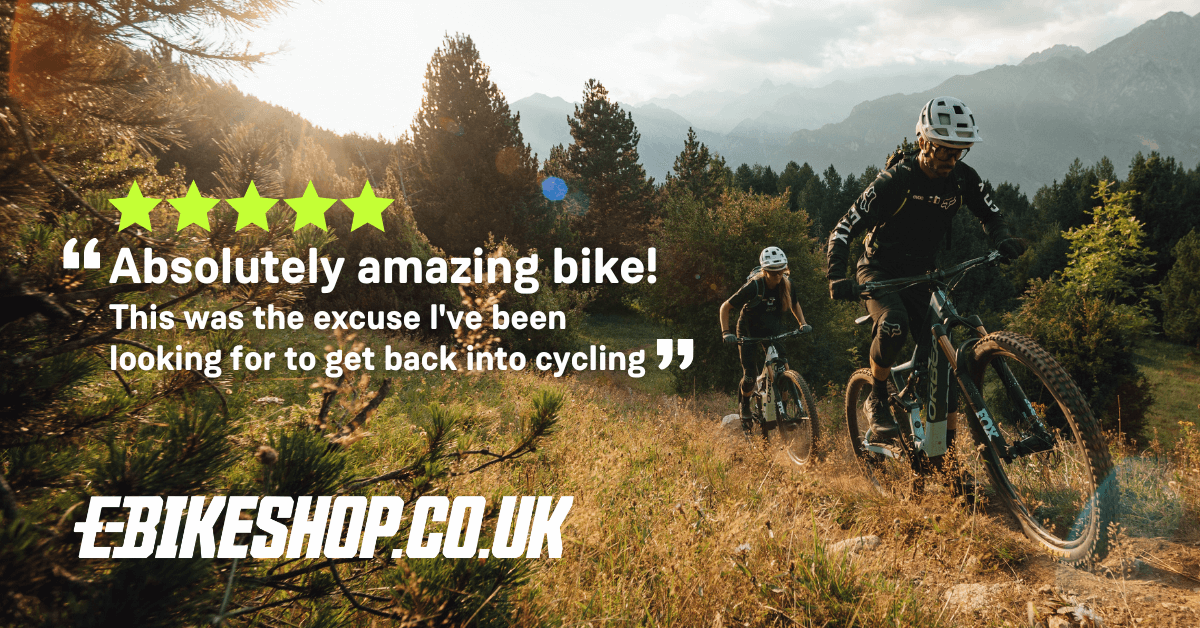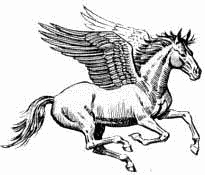Well, this is indeed comforting and had hoped this was the case. For what it is worth, from a personal perspective 15.5 mph cut off and a continuous 250w rating are no problem for me and I feel precisely zero inclination or need to step outside of this. I have not installed the throttle either, tried it momentarily and didn't add anything for me - I do understand why other riders may want a throttle though.
As somebody with a very nasty anxiety disorder, I was getting myself in quite a flap (completely irrational I know, but it is a psychiatric illness). There are still lots of anxieties regarding cycling and other day to day activities for me but I hope to put this particular one to bed.
I find your situation extremely annoying, not from you but the cause of this. There is often misinformation spread on this forum about throttles and motor power that not only causes people anxiety, but also prevents them from having the system they need or desire.
Let's get this straight. There is no law. rule or regulation that disallows the fitting of a throttle, neither is there anything to prevent its use. The only rule that applies is that power must stop when the pedals are not rotating. There is even nothing to say how fast or slow the pedals must rotate, nor how much effort you put into them.
There are three common ways that a throttle can work:
1. Twist and go (Chinese zero start). This is not allowed without a special certificate.
2. 4 mph start assist, where the throttle works up to 4 mph without pedalling, then does nothing. That's allowed by all regulations.
3 . Regulates the power only when pedalling (non-zero start up). In this case the throttle determines the bikes speed, like it would if it were twist and go, but only when the pedals are rotating. That's allowed too.
Some controllers can combine 2 and 3, which is very useful for a rider that's impeded from normal pedalling. You open up the throttle, the bike starts, you rotate the pedals slowly with your feet and the throttle continues to increase the speed of the bike according to the throttle position. That's completely legal too. It's effectively twist and go, but you just have to do a bit of air pedalling to make it work above 4 mph. The first Storck Radaar was like that and so are some Eskutas. To clarify the pedals and their rotation speed. The rule that applies is that the
bike must be
capable of being pedalled at a safe speed without assisted power, not that
you have to do it.
Next point is motor power. There is no law, rule or regulation about how much power you can have. Changing your controller to a 30A one and increasing your battery size and voltage (not above 48v) is completely legal. The only rule is on what motors you can use, not how you use them. The motor must be
"RATED" at no more than 250w. That's it. "Rated" actually has no meaning when it comes to ebikes, but you need to prove your innocence if you're accused, so you need the motor to have a manufacturer's stamp or label that says 250w, or prove that you bought it from a listing that showed 250w. Most motors marked or listed as 250w can run happily at 1000w, and that's completely legal. I know one that's used all over Londan that can run at 3.5KW and is completely only legal, but was tested by the police and released without charge after its innocence was proven by the label.
Finally, what does 1000w mean when I mention it above? As ebike geeks we normally calculate power as volts x amps from the battery, but that isn't how much power the bike makes, nor what's used in any regulation. Actual power from the motor would be in the range of 60% to 70% of the power coming from the battery, and will go much lower if you let it slow down out of its efficient rpm range. It takes about 250w to propel an average bike and rider to 25 km/hr without pedalling, so if you have your bike limited to that speed, you can argue that it's a 250w bike, which is probably how any manufacturer can get away with rating their motors as 250w, regardless of how much power they consume.
Scaremongerers please get it right and stop scaremongering.









